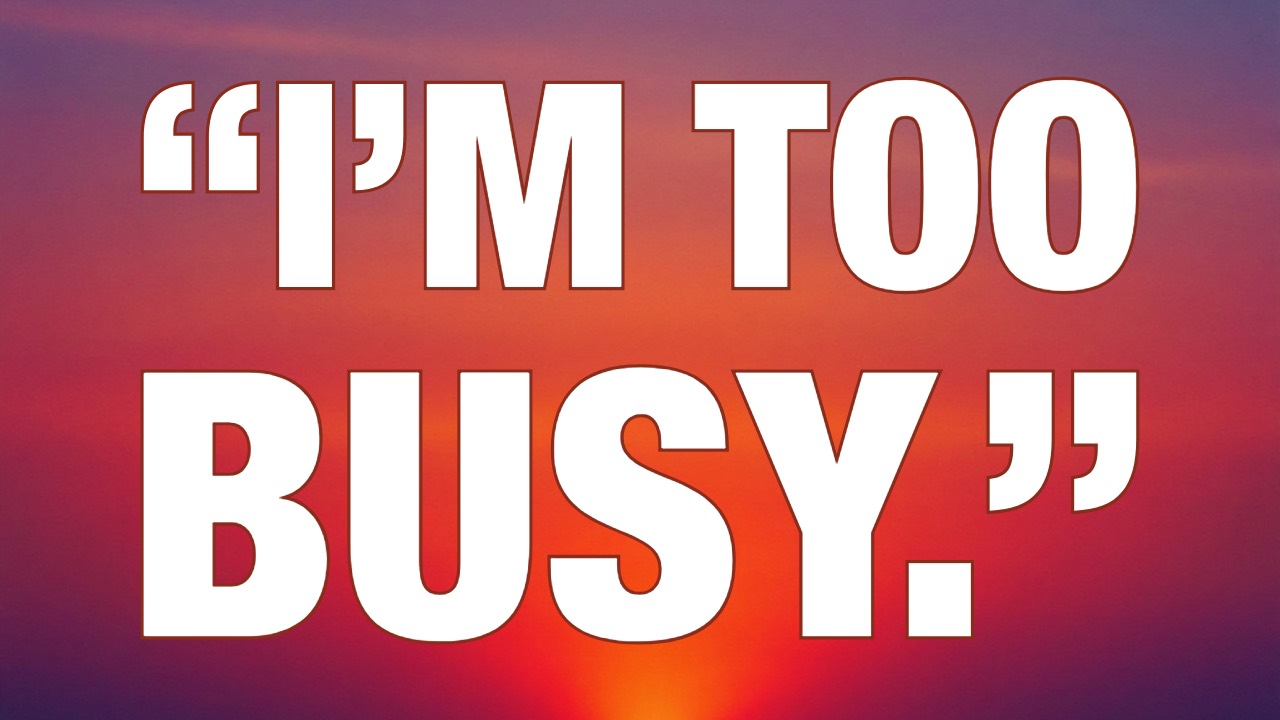Aligned Goals: Turning Your Values Into Results
The Psychology of Purposeful Goal Setting
January 1st: gyms are packed, planners are pristine, and people are swearing they’ll “finally get their life together this year.” By February, half those people can’t even find the planner. By March, their sneakers are gathering dust in the closet.
It’s not laziness—it’s misalignment. Most goals fail because they’re vague, externally driven, or completely divorced from what actually matters to us. “Lose weight.” “Make more money.” “Be happier.” They sound good at a party but collapse under the weight of real life.
The good news? There’s a way out. A research-backed framework that turns wishful thinking into goals that actually stick. Not because they’re louder or shinier—but because they’re rooted in your values, vision, and purpose.
Why Aligned Goals Actually Matter
Think of goals like fuel. The wrong kind burns fast, leaves you stranded, and stinks up the place. The right kind keeps you moving for the long haul.
Psychologists Deci & Ryan (1985) call this Self-Determination Theory: when your goals are tied to your intrinsic motivation—things you actually care about—you’ll persist longer, bounce back faster, and enjoy the process more.
In other words: a goal that matches your values is like having rocket fuel in the tank. A goal set just to impress your boss or keep up with Instagram? That’s cheap lighter fluid—it burns hot and fast, then leaves you in the dark.
👉 Quick exercise: Look back at your past wins. Which ones stuck? Which fizzled? Chances are, the ones that lasted aligned with your deeper “why.”
Not All Goals Are Created Equal
“Get fit” is a wish.
“Exercise for 30 minutes, 5x/week” is a goal.
Clear goals outperform vague aspirations (Locke & Latham, 1990). The brain loves clarity—it reduces decision fatigue and makes the path forward obvious.
But clarity isn’t enough. You also need stretch. Mihaly Csikszentmihalyi (1990) called it flow—that sweet spot where challenge meets skill. Too easy, you’re bored. Too hard, you’re overwhelmed. The best goals nudge you right into that “just enough” stretch zone.
The SMARTER Way to Set Goals
Most people know SMART goals (Specific, Measurable, Achievable, Relevant, Time-bound). Good start—but not enough.
Add two more steps and you’ve got SMARTER:
-
Evaluate regularly—what’s working, what’s not?
-
Refine as you go. Life changes, and so should your goals.
This keeps goals alive instead of rigid. A living system, not a checklist you abandon.
👉 Try it: Pick one life area (health, work, relationships) and build a SMARTER goal. Then ask: how will I evaluate and refine this as I go?
Find Your Why
Here’s the truth: discipline alone won’t save you. At some point, you’ll hit friction. You’ll want to quit. The only thing that pulls you through? Purpose.
Purpose-driven goals tap into resilience. Masten (2001) showed that people with a clear sense of why bounce back faster from setbacks.
Tools to uncover your why:
-
Visualization: Picture your future self and the ripple effect of this goal.
-
Ripple Mapping: How will this one achievement improve other areas of your life? (e.g., getting fit = more energy for work, kids, and creativity.
From Vision to Action
Big visions are sexy. But they die without scaffolding.
Break your goal into milestones. Research shows that progress—even small milestones—sustains motivation (Miller & Brickman, 2004). The brain loves progress bars.
Example: instead of “write a book,” start with “write 300 words a day.” Progress snowballs into identity. Soon, you’re not “trying to be a writer”—you are one.
Systems Beat Willpower
Willpower is like your phone battery. Strong in the morning, dead by evening. Systems are the charger.
James Clear calls this habit stacking: tie a new habit to something you already do. “After coffee, I’ll journal.” “After brushing teeth, I’ll stretch.” Over time, the habit becomes automatic.
Research (Lally et al., 2010) shows habits take ~66 days to stick. Add accountability—partners, trackers, reviews—and your odds skyrocket.
Expect Obstacles
Every goal hits turbulence. The trick is planning for it.
-
If-then planning (Gollwitzer, 1999): “If I miss a workout, then I’ll reschedule for tomorrow at 5pm.”
-
Grit > talent (Duckworth, 2007): Stick with it longer than most, and you’ll win.
-
Cognitive flexibility (Martin & Anderson, 1998): Adapt when life changes. Don’t abandon the ship—adjust the sails.
Sustain Momentum
Motivation isn’t a one-time spark—it’s a cycle. Small celebrations reinforce the loop. Dopamine (Schultz, 2015) literally wires your brain to want more of the same.
Celebrate milestones. Share wins. Journal small victories. Then set the next target.
Because goals aren’t about trophies—they’re about transformation.
Most goals fail because they’re shallow, vague, or borrowed from someone else’s Instagram feed.
Final Word
Aligned goals succeed because they’re rooted in you—your values, your purpose, your future. They stretch you just enough. They adapt when life does. And they transform not just what you achieve, but who you become.
So here’s your challenge:
-
Pick one area of life.
-
Write a SMARTER goal.
-
Connect it to your why.
-
Break it into milestones.
-
Build the system that makes it inevitable.
Because the point isn’t just to hit goals.
The point is to build a life that feels like it’s finally yours.




Responses